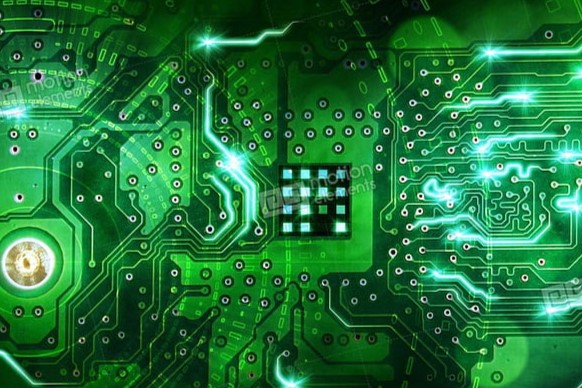
LED
In today’s interconnected world, light-emitting diodes, or LEDs, have become a ubiquitous and essential part of our daily lives. From the tiny indicator lights on our devices to the dazzling displays in Times Square, LEDs are illuminating our world in ways we could never have imagined just a few decades ago. In this blog, we’ll take a closer look at electronic LEDs, exploring their fascinating history, how they work, and the myriad of ways they are transforming technology and lighting.
“LEDs are, quite literally, lighting up the future of technology and everyday life.”
- Semiconductor Materials: LEDs are typically made from semiconductor materials, such as gallium arsenide, gallium nitride, or silicon carbide. These materials have specific properties that allow them to emit light when electrons and holes recombine within the semiconductor crystal.
- Electron-Hole Pair Formation: When an electric current flows through the LED, it energizes electrons in the semiconductor material, causing them to move from the conduction band to the valence band. This process creates electron-hole pairs.
- Recombination and Light Emission: As electrons recombine with holes, they release energy in the form of photons, which are particles of light. The energy level difference between the conduction and valence bands determines the wavelength and color of the emitted light.






